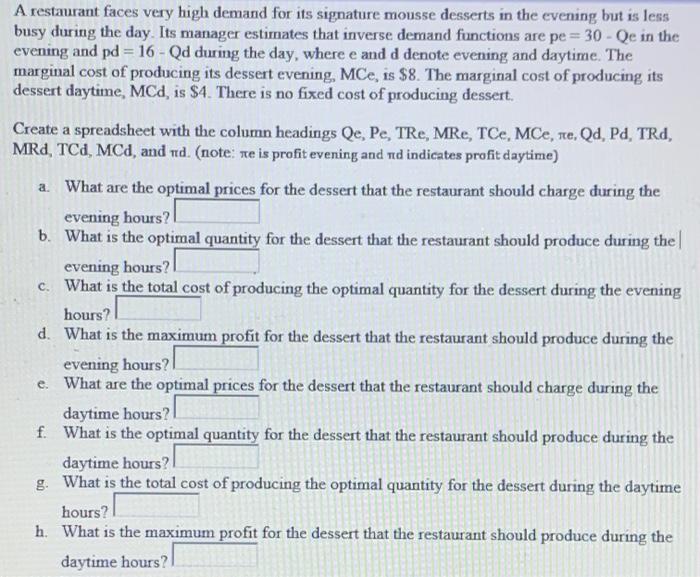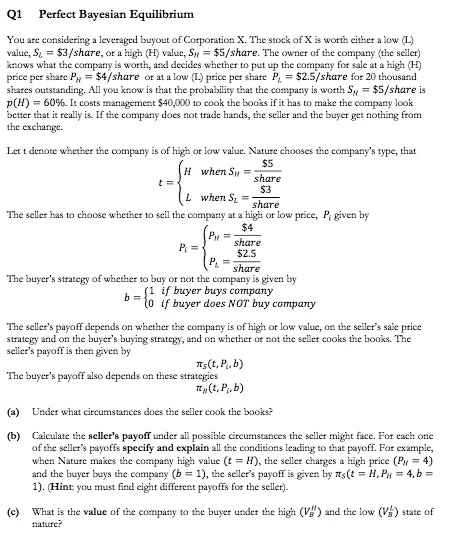


Question 1 (understanding mean and variance of linear combinations of random variables) Let T_15 be the percentage of adult males who used tobacco products in 2015 in a country and T_10 be this percentage in 2010 in the same country. Define the random variable Z in the following way: Z =T_15 -T_10. We do not observe T_15 and T_10 for all countries of the world. We can only hope to get data from a random sample of n countries, where n is much smaller than the number of countries in the world. We want to estimate the E (Z) for the distribution of countries in the world. Each group member should attempt one of the following questions. The group can consult and improve the answer and only submit the improved answer, but the original person who attempted each part must be named. 1. What does the hypothesis E (Z) = 0 mean? After explaining what this hypothesis means, describe whether or not E (Z) = 0 implies T_15 = T_10 in every country in the world. Then, describe whether or not E (Z) = 0 implies -Er_15; = -Er_10; 1= 1 1= 1 for the n countries in the sample [Note that "Yes it does" or "No it doesn't" are not sufficient, you are expected to justify your answer.] 2. Using the result that sample average is an unbiased estimator of the population mean, show that iz = MET_15; - MELT_10; is an unbiased estimator of E (Z) . 3. Using the result that the variance of the sample average of a random sample of n observations from a distribution with mean / and variance o' is , compute the variance of /z = > >_,T_15; - " Ein T_10;, for a random sample of n = 40 countries, when Var (T_15) = Var(T_10) = 100, and p the correlation coefficient between 7_15 and T_10 is 0.8. 4. Suppose that we have obtained data on T_15 and T_10 for a sample n countries and computed Z; =T_15; -T_10; for i = 1, ..., n. Using the matrix formula for the OLS estimator, show that if we regress this variable on a constant only, the OLS estimate of the constant will be ! )_, T_15;- = ELIT_10.Question 1 (understanding mean and variance of linear combinations of random variables) Let T_15 be the percentage of adult males who used tobacco products in 2015 in a country and T_10 be this percentage in 2010 in the same country. Define the random variable Z in the following way: Z =T_15 -T_10. We do not observe T_15 and T_10 for all countries of the world. We can only hope to get data from a random sample of n countries, where n is much smaller than the number of countries in the world. We want to estimate the E (Z) for the distribution of countries in the world. Each group member should attempt one of the following questions. The group can consult and improve the answer and only submit the improved answer, but the original person who attempted each part must be named. 1. What does the hypothesis E (Z) = 0 mean? After explaining what this hypothesis means, describe whether or not E (Z) = 0 implies T_15 = T_10 in every country in the world. Then, describe whether or not E (Z) = 0 implies -Er_15; = -Er_10; 1= 1 1= 1 for the n countries in the sample [Note that "Yes it does" or "No it doesn't" are not sufficient, you are expected to justify your answer.] 2. Using the result that sample average is an unbiased estimator of the population mean, show that iz = MET_15; - MELT_10; is an unbiased estimator of E (Z) . 3. Using the result that the variance of the sample average of a random sample of n observations from a distribution with mean / and variance o' is , compute the variance of /z = > >_,T_15; - " Ein T_10;, for a random sample of n = 40 countries, when Var (T_15) = Var(T_10) = 100, and p the correlation coefficient between 7_15 and T_10 is 0.8. 4. Suppose that we have obtained data on T_15 and T_10 for a sample n countries and computed Z; =T_15; -T_10; for i = 1, ..., n. Using the matrix formula for the OLS estimator, show that if we regress this variable on a constant only, the OLS estimate of the constant will be ! )_, T_15;- = ELIT_10.A restaurant faces very high demand for its signature mousse desserts in the evening but is less busy during the day. Its manager estimates that inverse demand functions are pe = 30 - Qe in the evening and pd = 16 -Qd during the day, where e and d denote evening and daytime. The marginal cost of producing its dessert evening, MCe, is $8. The marginal cost of producing its dessert daytime, MCd, is $4. There is no fixed cost of producing dessert. Create a spreadsheet with the column headings Qe, Pe, TRe, MRe, TCe, MCe, ne, Qd, Pd, TRd, MRd, TCd, MCd, and nd. (note: ne is profit evening and nd indicates profit daytime) a. What are the optimal prices for the dessert that the restaurant should charge during the evening hours? b. What is the optimal quantity for the dessert that the restaurant should produce during the evening hours? c. What is the total cost of producing the optimal quantity for the dessert during the evening hours? d. What is the maximum profit for the dessert that the restaurant should produce during the evening hours? e. What are the optimal prices for the dessert that the restaurant should charge during the daytime hours? f. What is the optimal quantity for the dessert that the restaurant should produce during the daytime hours? I g. What is the total cost of producing the optimal quantity for the dessert during the daytime hours? h. What is the maximum profit for the dessert that the restaurant should produce during the daytime hours?Q1 Perfect Bayesian Equilibrium You are considering a leveraged buyout of Corporation X. The stock of X is worth either a low (1.) value, 51 = $3/share, or a high (H) value, Sy = $5/share. The owner of the company (the seller) knows what the company is worth, and decides whether to put up the company for sale at a high (H) price per share Py = $4/share or at a low (L.) price per share P, = $2.5/share for 20 thousand shares outstanding. All you know is that the probability that the company is worth 5, = $5/share is p(H) = 60% It costs management $40,000 to cook the books if it has to make the company look better that it really is. If the company does not trade hands, the seller and the buyer get nothing from the exchange. Let t denote whether the company is of high or low value. Nature chooses the company's type, that H when S, = $5 share 53 L when S, = share The seller has to choose whether to sell the company at a high or low price, P given by $4 PH = share P . $2.5 share The buyer's strategy of whether to buy or not the company is given by b = [1 if buyer buys company 10 if buyer does NOT buy company The seller's payoff depends on whether the company is of high or low value, on the seller's sale price strategy and on the buyer's buying strategy, and on whether or not the seller cooks the books. The seller's payoff is then given by ITS (t, P. b) The buyer's payoff also depends on these strategies HA (t, PA.b) (a) Under what circumstances does the seller cook the books? (b) Calculate the seller's payoff under all possible circumstances the seller might face. For each one of the seller's payoffs specify and explain all the conditions leading to that payoff. For example, when Nature makes the company high value (t = H), the seller charges a high price (Py = 4) and the buyer bays the company (b = 1), the seller's payoff is given by my(t = H, Py = 4, b = 1). (Hint you must find eight different payoffs for the seller). (c) What is the value of the company to the buyer under the high (Vg ) and the low (Vy ) state of nature












